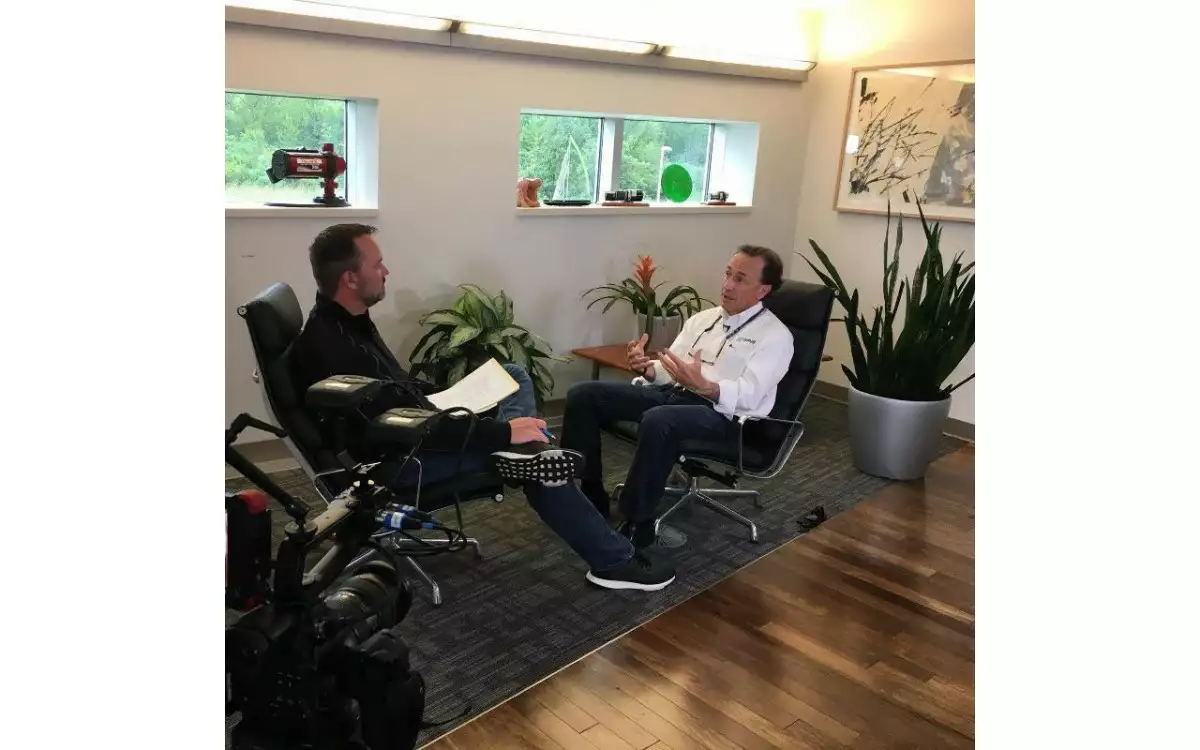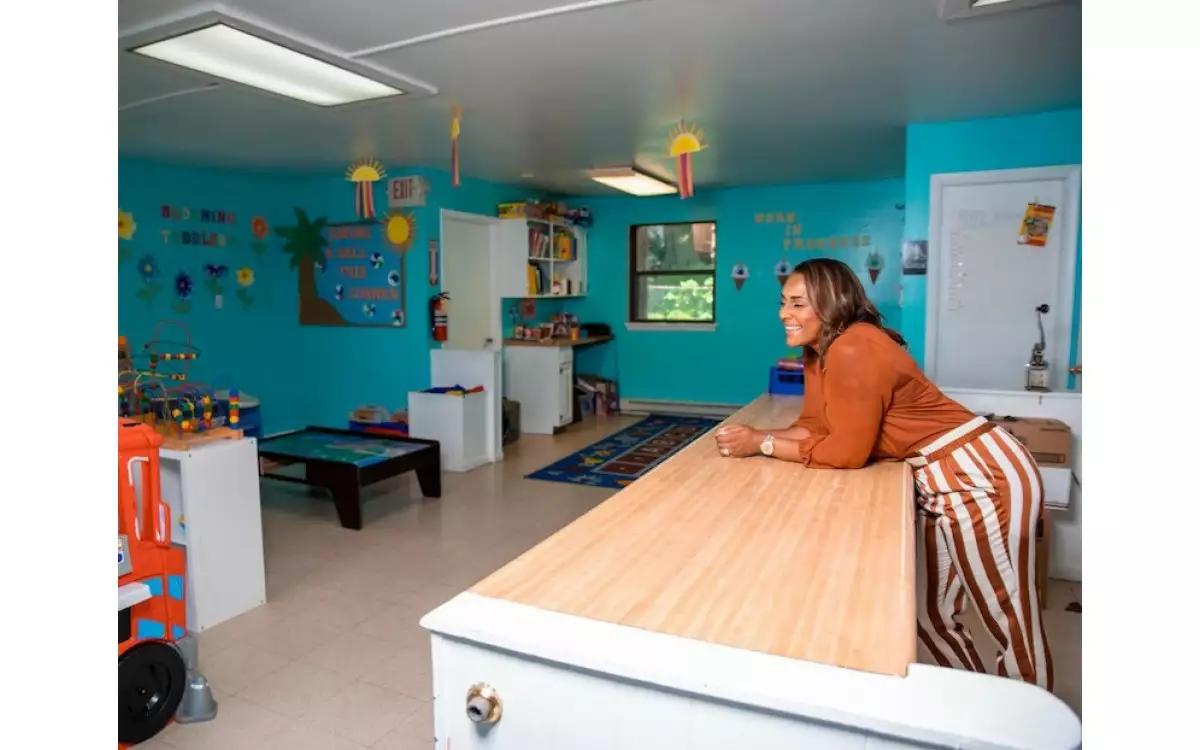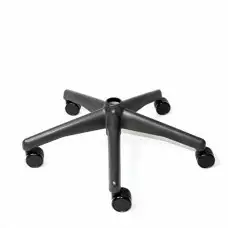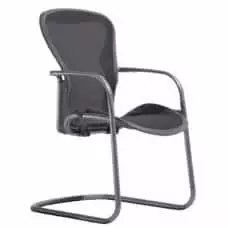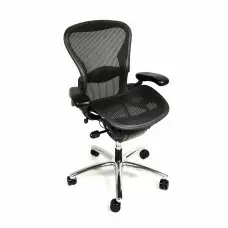We recently interviewed Chad Gabriel:
Chad is Tuthill Corporation’s Sherpa of purpose and the host of their documentary series called “The Search for Aliveness” (www.thesearchforaliveness.com). He’s been at Tuthill for over 18 years and his career has taken him from electrical engineering to IT to Branding and now to purpose work. As the Sherpa of Purpose, Chad works to engage Tuthill’s employees in community engagement with cause partners such as The Boys & Girls Clubs and Team Rubicon. He and his team are charted with bringing Tuthill’s aliveness tools and experiences well beyond Tuthill’s four walls to Wake the World. The long-term vision is that aliveness becomes part of regular conversations people are having globally. Imagine that… 7.6 billion people being intentional about connection, purpose, energy, being present & engaged, and embracing the full range of human emotion (sad, angry, scared, happy, excited, and tender)!
Can you give a quick overview of what you do professionally and why you do it? What do you find most meaningful about your work?
Chad: Currently, I lead Tuthill’s efforts to activate our purpose, which is to Wake the World. We’re providing tools and experiences to people to unlock their aliveness and to help them realize they can create the life they’re meant to live.
What do you find most meaningful about your work?
Chad: It’s very rewarding to see people’s authentic selves appear as they get clear about what they want and start to make choices to create that.
How important do you believe company culture is to an organization’s success? Without naming the companies, can you give examples of good cultures you have worked in and bad cultures you have worked in and how they have led to positive and negative results respectively?
Chad: Company culture is critical to an organization’s success. It provides common ground for managers to lead from and clear expectations for all employees to live into.
Good cultures invite employees to be themselves, have leaders who inspire and engage, and provide opportunities for employees to grow personally and professionally. Companies with good cultures provide a sense of purpose that employees can connect to in order to see more meaning in their work.
Companies with undesirable cultures focus less on people, and more on results. This may produce desirable financial results in the short-term, but can be unsustainable. Sometimes, at the cost of employees’ health, family life, and happiness, companies can unknowingly suck the life out of their employees to hit a number. This leads to burn out and high turnover.
Neither of which help with building a thriving, sustainable, business community.
What is the company that you have worked for or with that you believe has the best culture and why?
Chad: I’ve been at Tuthill Corporation for over 18 years and we have an amazing culture here. Our aspirational purpose is to Wake the World and I get to be a big part of activating that. Authentic leadership, clear goal-setting, consistent evaluation that blends behavior and values with accomplishments, and being process-based are just a few factors - in addition to amazing people - that make Tuthill successful.
What can other companies do to emulate their success?
Chad: It’s not about emulating what another company is doing, but being clear about why the company exists beyond profit, who they want their employees to be, and what they want to do. Getting clear on these things in the context of the origins of the company will greatly help build an authentic brand message culture.
What is the company that you have never worked for or with but believe has the best culture?
Chad: It’s really hard to say from the outside looking in. I’ve heard many stories about companies who have cultures that are generally perceived to be great, but in talking with employees, discover that they’re not actually all that desirable.
What are about that company’s culture do you admire from afar?
Chad: Google happens to be one of these and I still believe they have some great practices for employees to blend their individual passions with things they do at work. At one point, Google allocated time for employees to work on these passion projects. I always thought it was cool that they’d enable this creativity and potential.
Imagine if your employer told you they want you to work on what you’re passionate about at work.
Describe your office environment and how it relates to your company culture. Give us a feel for your office design to the intangibles.
Chad: One of our company values is excellence. Our corporate headquarters in Burr Ridge, IL is a great reflection of this. It’s a very open space. There’s a beautiful blend of industrial and natural design elements such as stainless steel, stone, wood, water, and concrete.
It’s nestled next to a pond and sits on a native prairie that changes colors with beautiful wildflowers during the warmer months. We have Herman Miller office chairs, large pods, flexible conference rooms, and attractive common areas inside and outside.
The equipment we use is reliable, state of the art, and generally new.
What do you believe are the key elements to creating and maintaining an uplifting office environment?
Chad: It’s really up to the people. We’ve had some luck with a group of employees who assembled to create events and activities for this exact reason. They called themselves the fun committee. They’d arrange things like ice cream socials, chili cook-offs, the Tuthill tailgate during summer months where we’d play outdoor games and grill, and the annual holiday party.
We’re in the process of transitioning the fun committee to an aliveness committee to be more intentional and aligned with our company’s purpose.
What does ergonomics mean to you? How has your knowledge of ergonomics impacted your work?
Chad: Ergonomics is really about comfort and physical health. We’ve had ergonomics experts visit our office to evaluate chairs, desks, keyboards, and how we’re using them.
They made a number of recommendations which resulted in teaching employees how to sit while typing, installing some stand-up desks, and how to properly adjust the very customizable Herman Miller chairs we use.
How do you buy office furniture? Do you buy furniture online? When do you decide to buy?
Chad: We don’t do this often. In fact, most of our furniture is from the late 90’s when the building was opened. It’s all still very current. I’d say it’s about doing it right the first time so you don’t have to do it very often.
Disclaimer: I have nothing to do with purchasing office furniture. I’m just a super user.
What office chair do you sit in and why? What specific features about your office chair do you appreciate and enjoy? And how would you weigh the relative importance of comfort, posture support, design, cost and other variables?
Chad: [laughs] I can’t believe I’m answering a question about the chair I sit in. It’s a Herman Miller chair. It fits me nicely. It’s kind of crazy to think about how much of my life I’ve spent in this chair, considering I’ve been here for 18 years.
It’s super configurable so I can change it as my comfort needs change quite easily.
What is your best advice on maximizing productivity in the office?
Chad: Create clear goals in collaboration with your entire team. This creates a sense of ownership that cannot be otherwise duplicated. Follow-up on these goals and support one another while holding each other accountable.
What is your best advice on effectively managing others?
Chad: This is a really big question.
- Have a consistent process with clear expectations.
- Make sure you are having regular conversations about who the person is being as well as what they’re doing.
- Evaluate on common values and behaviors, process, skills, business acumen, and S.M.A.R.T. goals.
- Provide in-the-moment feedback.
- Be authentic and caring.
- Understand team member passion and aspirations as well as the company’s objectives.
Help connect these things and you’ll see some very motivated employees and some very successful outcomes.
What workplace trends do you see on the horizon? Leave us with three things we should be on the lookout for.
Chad: Purpose, social impact, and aliveness. These are three terms that will continue to gain traction in culture conversations. Companies are beginning to focus on their “why”.
Companies with purpose beyond profit will take the lead, especially when it’s authentic. Social impact is really about corporations, with the people, the money, and the power existing to do good in the world.
Whether it’s environmental, philanthropic, cultural, or for the best of human-kind, these will be the most desirable employers and brands.
Selfishly, I had to add aliveness. It’s what we do. We spend most of our time at work with colleagues. Let’s make the best of it.


